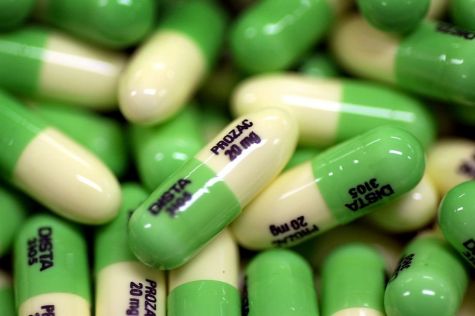- Communities across the US are removing fluoride from drinking water, highlighting a broader push for clean water.
- A January 2025 study in the Proceedings of the National Academy of Sciences found that fluorinated pharmaceuticals, including Prozac and Flonase, are contaminating the water supply of 23 million Americans.
- Researchers at New York University discovered that conventional wastewater treatment plants are largely ineffective at removing fluorinated pharmaceuticals, allowing these “forever chemicals” to persist in the environment.
- The study highlights the need for understanding the health risks associated with these chemicals and suggests that the U.S. should consider a more comprehensive approach, like the European Union’s regulation of total PFAS levels, to address the issue.
- The study underscores the urgent need to address the presence of fluorinated pharmaceuticals and their byproducts in drinking water, advocating for improved treatment methods and stricter regulations.
The fight for clean water is going mainstream. As communities across the US begin removing brain damaging fluoride from drinking water, there remains even more critical work to be done. Fluorinated pharmaceutical drugs – like Prozac and Flonase – are becoming a serious problem in the water supply for millions of people around the US.
How common medications like Prozac are polluting drinking supplies
A groundbreaking study published on January 6, 2025, in Proceedings of the National Academy of Sciences reveals that fluorinated pharmaceuticals, including widely used drugs like Prozac and Flonase, are contaminating the water supply of millions of Americans. These medications, along with their breakdown products, belong to a class of chemicals known as per- and polyfluoroalkyl substances (PFAS), often dubbed “forever chemicals” due to their persistence in the environment. The research highlights a troubling reality: conventional wastewater treatment plants are largely ineffective at removing these substances, allowing them to seep into drinking water supplies.
The study, led by researchers at New York University, estimates that the water supplies of approximately 23 million Americans are affected. This contamination stems from the excretion of these drugs by individuals, which then enters wastewater systems. With about 50% of drinking water utilities located downstream of wastewater treatment plants, the potential for re-contamination is significant.
The scope of the problem
The study examined eight large wastewater treatment plants across the United States, which are representative of facilities serving 70% of the population. Researchers found that the bulk of PFAS entering and exiting these plants consisted of fluorinated pharmaceuticals and their metabolites. Notably, four drugs and one metabolite accounted for a slight majority of the contamination: Celecoxib (Celebrex), used for arthritis; flecainide (Tambocor), prescribed for heart arrhythmias; maraviroc (Selzentry), an HIV treatment; and sitagliptin (Januvia), a diabetes medication. […]
— Read More: www.naturalnews.com
What Would You Do If Pharmacies Couldn’t Provide You With Crucial Medications or Antibiotics?
The medication supply chain from China and India is more fragile than ever since Covid. The US is not equipped to handle our pharmaceutical needs. We’ve already seen shortages with antibiotics and other medications in recent months and pharmaceutical challenges are becoming more frequent today.
Our partners at Jase Medical offer a simple solution for Americans to be prepared in case things go south. Their “Jase Case” gives Americans emergency antibiotics they can store away while their “Jase Daily” offers a wide array of prescription drugs to treat the ailments most common to Americans.
They do this through a process that embraces medical freedom. Their secure online form allows board-certified physicians to prescribe the needed drugs. They are then delivered directly to the customer from their pharmacy network. The physicians are available to answer treatment related questions.




